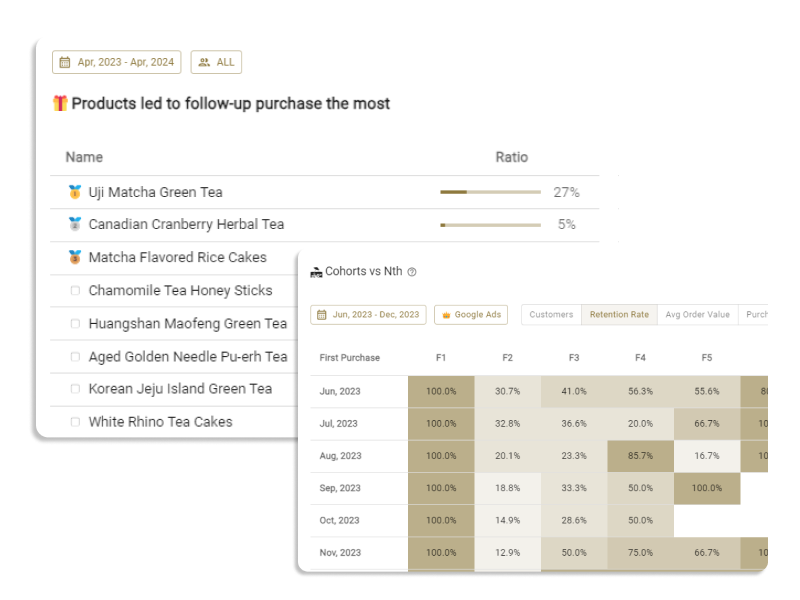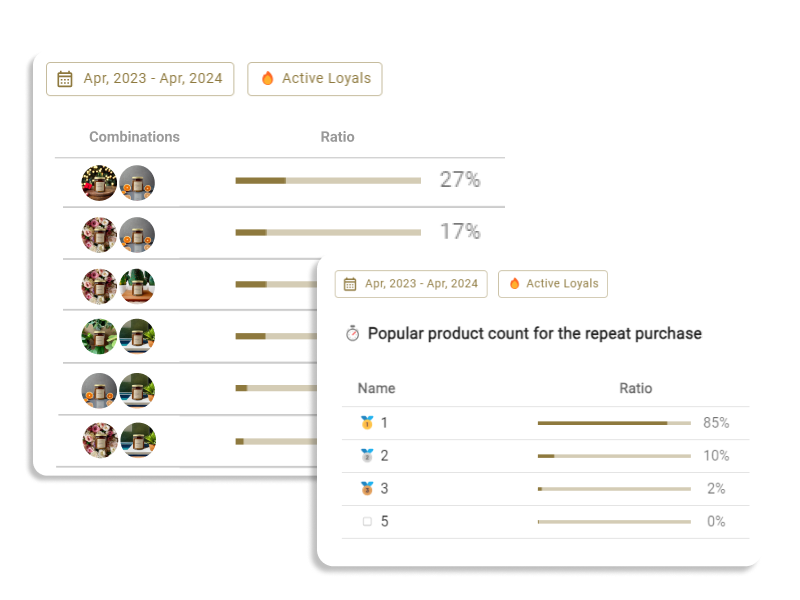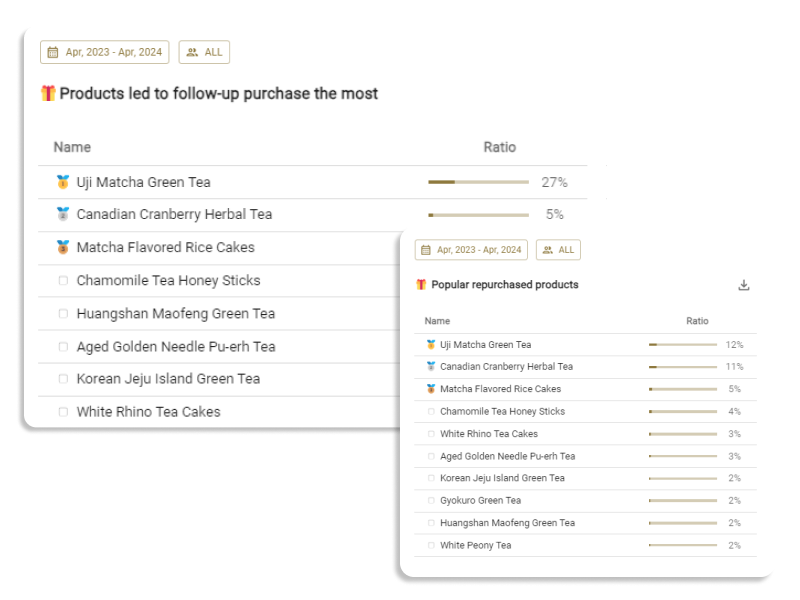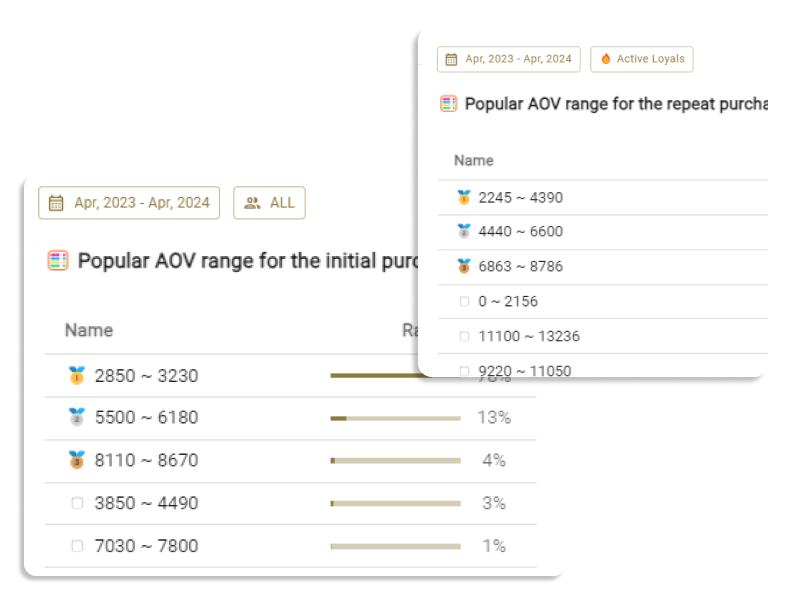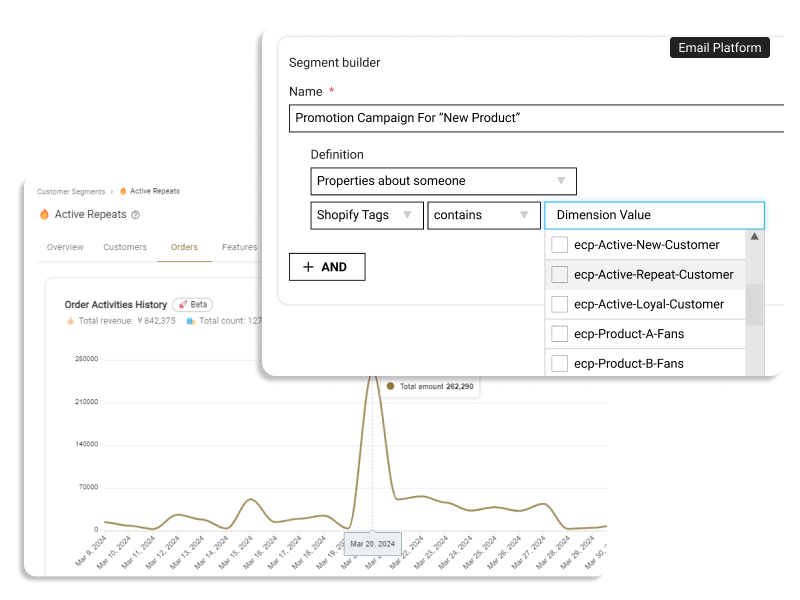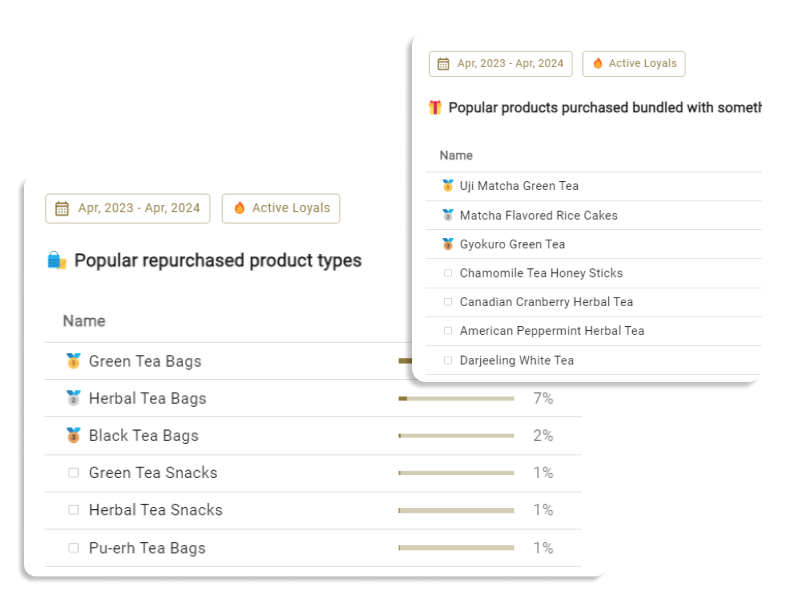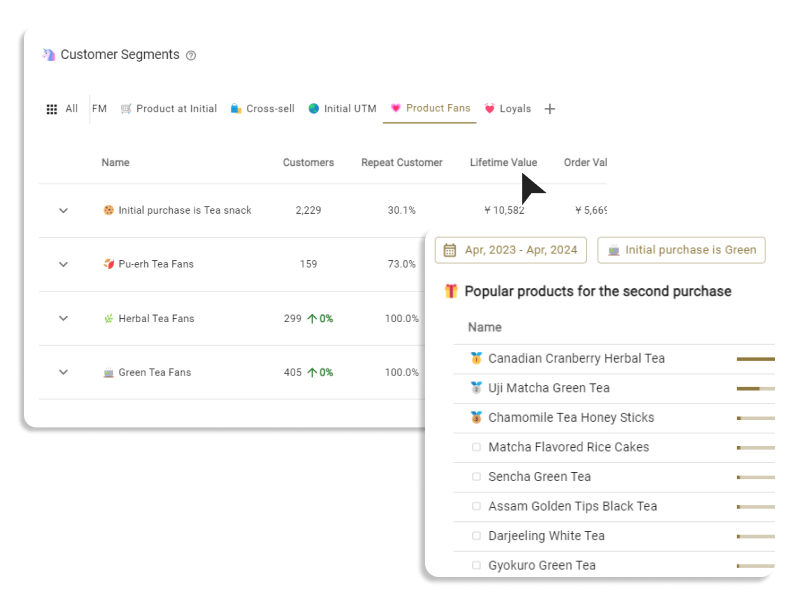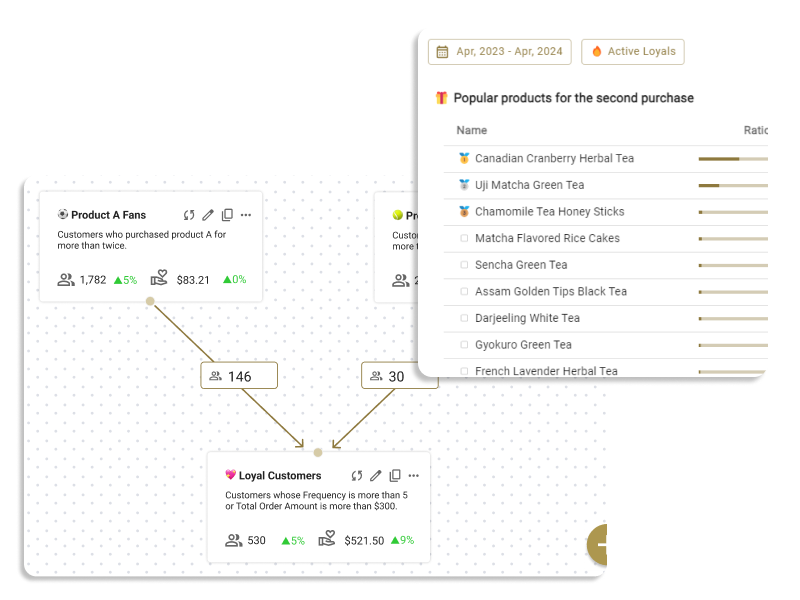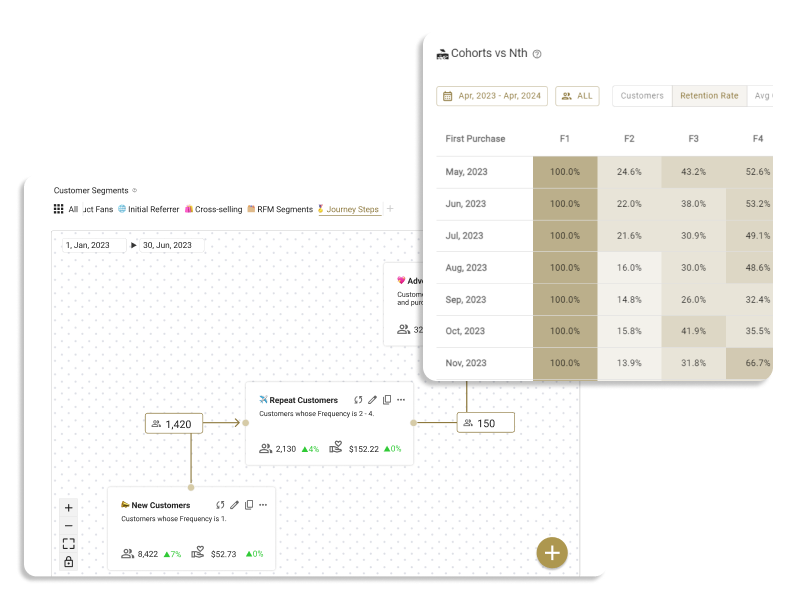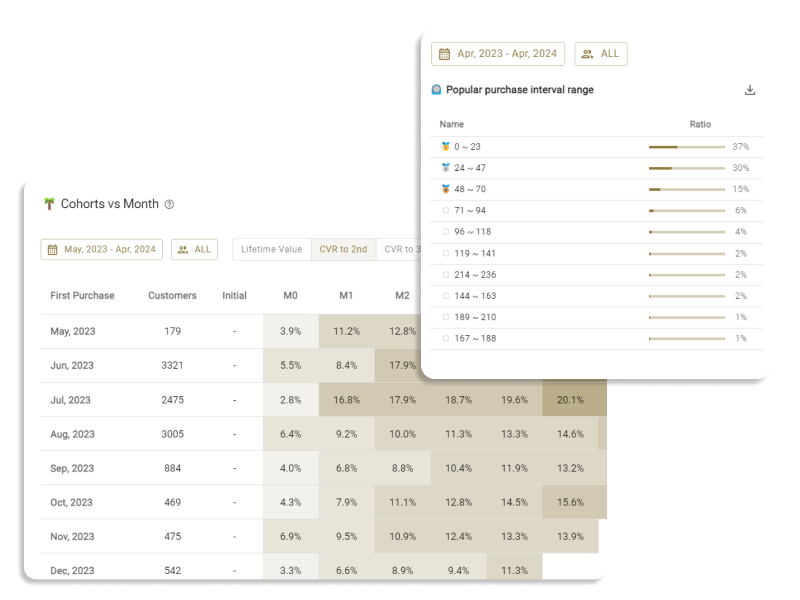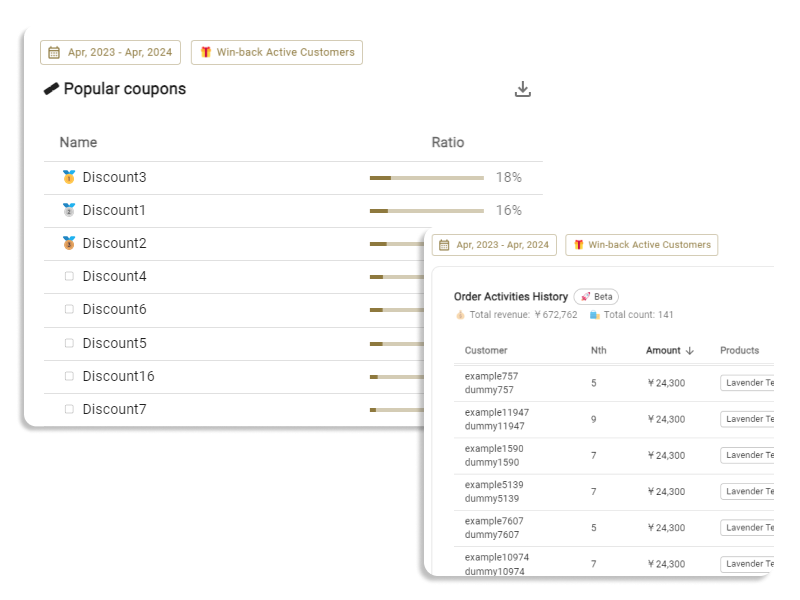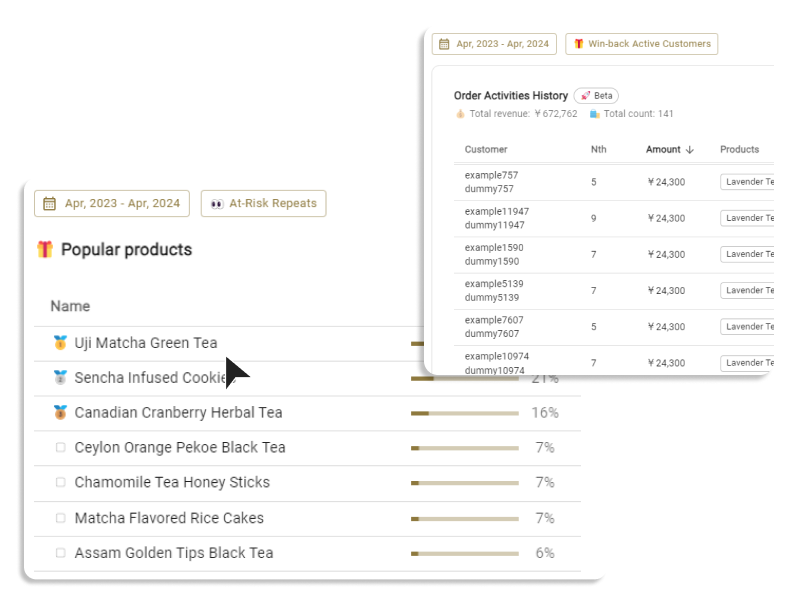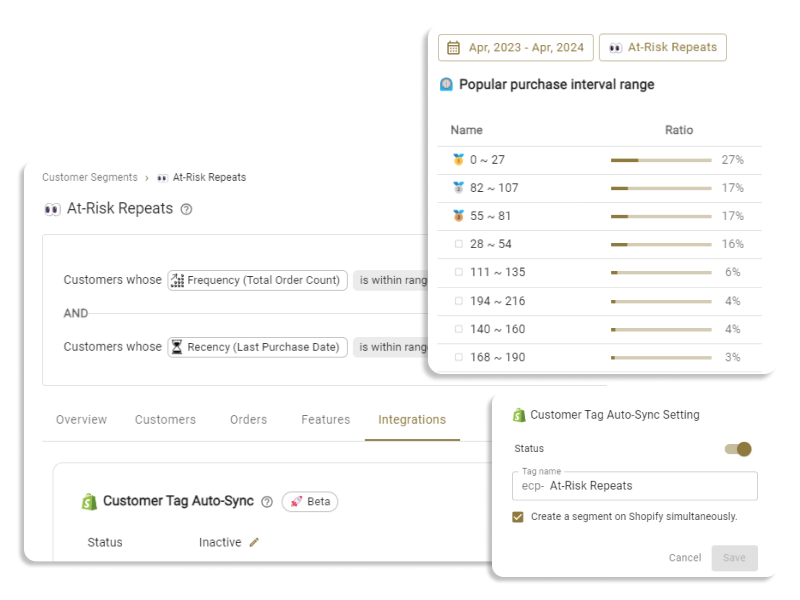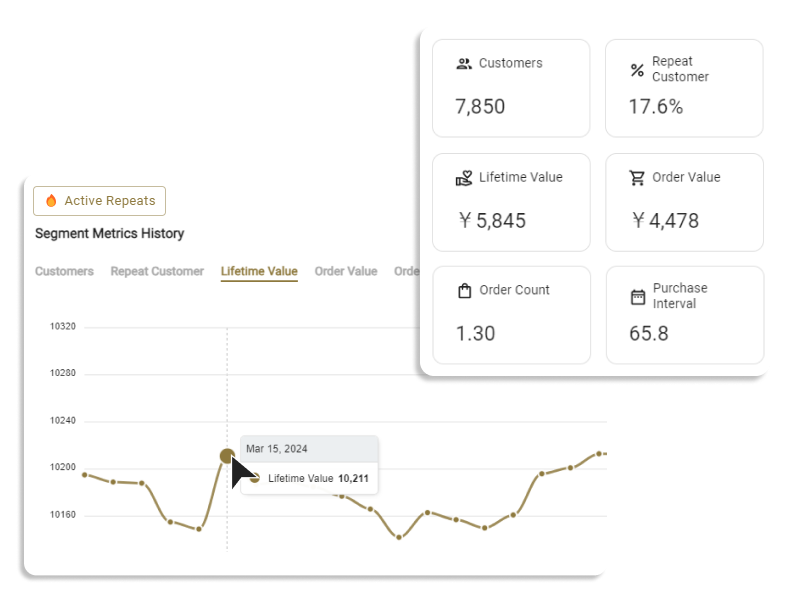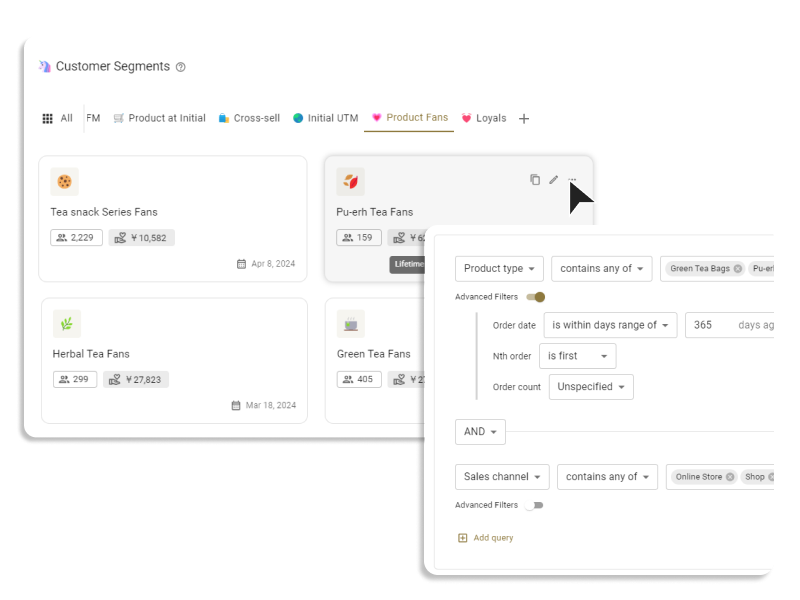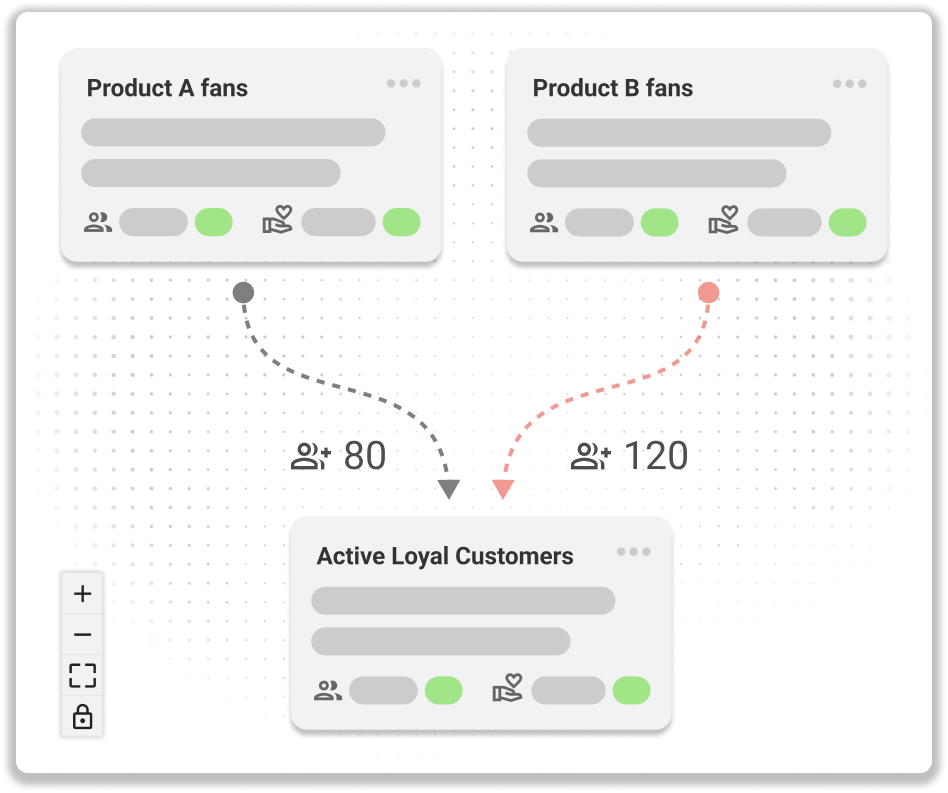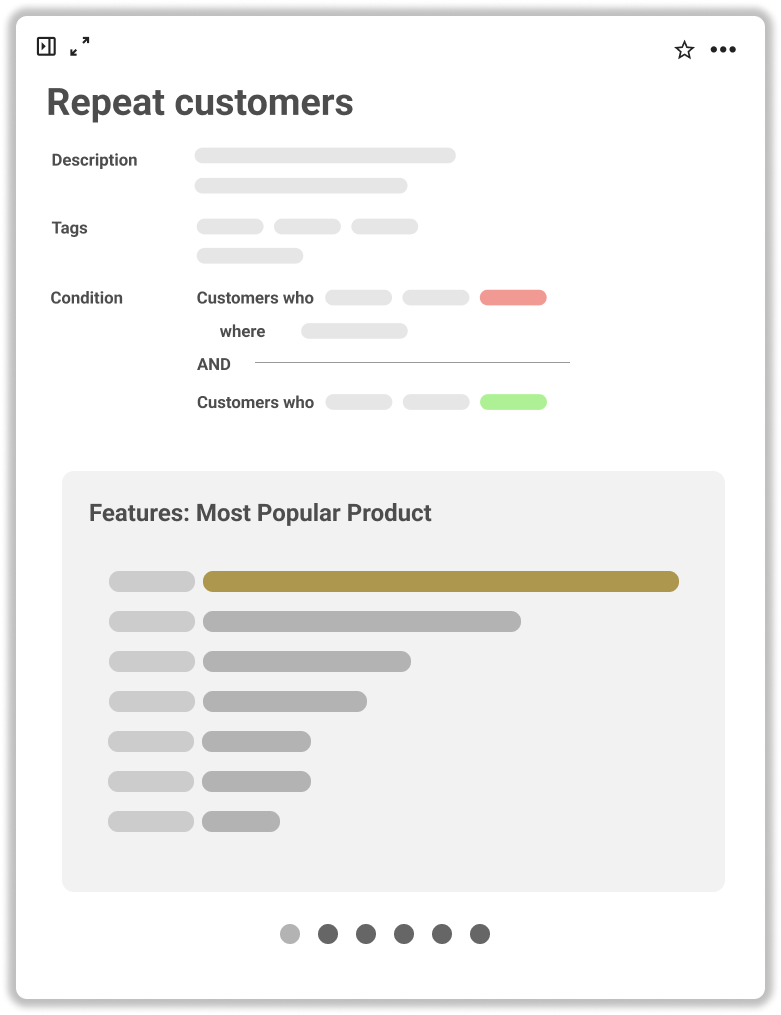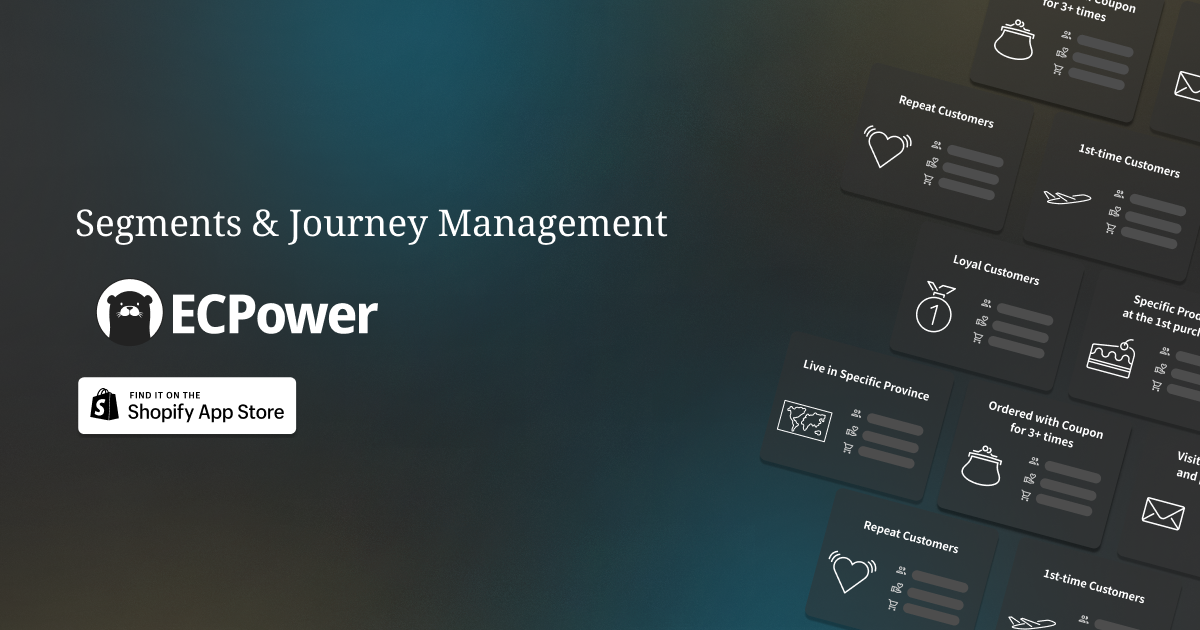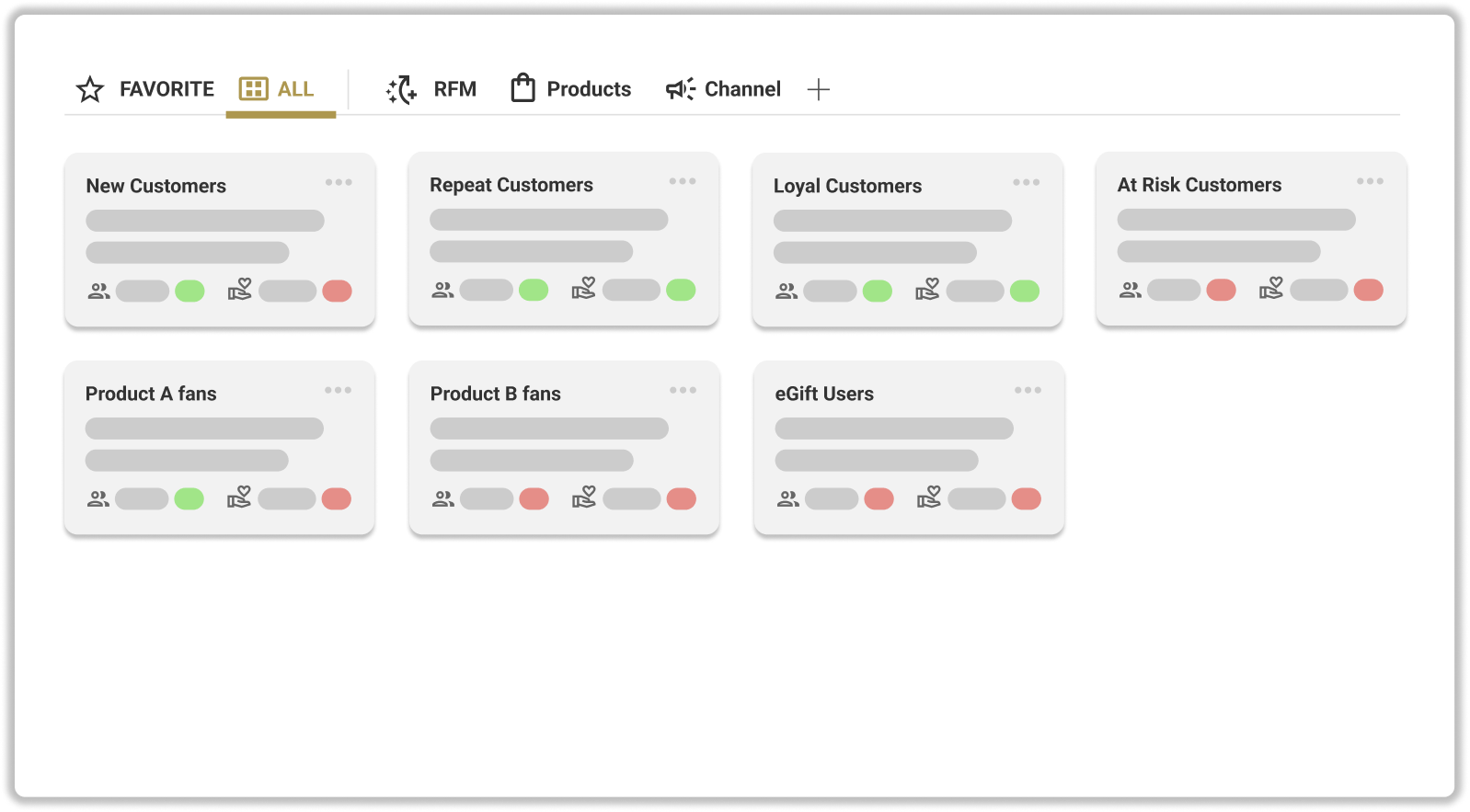In the world of e-commerce, understanding and utilizing customer segmentation can make or break your marketing strategies. Shopify, a leading e-commerce platform, offers extensive tools for segmentation, but tracking these segments for efficacy over time can be challenging. This blog post delves into the concept of Segment Size, its significance, and how tools like ECPower can transform your approach to tracking customer segments in your Shopify Store.
Metric Definition
Definition: The number of customers who meet the specific conditions of your segments at the time of the latest data refresh
Change % shows the deviation of latest data from the last 7 days' average.

In the context of ECPower, the term 'Customers' specifically refers to individuals who have placed at least one completed order. It's important to differentiate this from how 'Customers' are identified within the Shopify Admin interface. In Shopify Admin, 'Customers' can include lead email subscribers who have not placed any orders or individuals who have initiated one or more orders but subsequently cancelled them. However, for the purposes of determining Segment Size in ECPower, these groups are not included, even if they otherwise meet the specified segmentation conditions. This distinction ensures a more accurate and relevant customer segmentation by focusing exclusively on those with a direct purchasing history.
What's Segment Size ("Customers") and Why It Matters
Segment Size refers to the number of customers who meet the specific conditions of your segments at the time of the latest data refresh. This metric is pivotal as it directly influences the impact of your marketing strategies. Targeting a segment of an appropriate size ensures that the conditions you've set do not narrow down to an insignificantly small group of customers, allowing for marketing actions that genuinely affect your overall metrics.
It's essential to target segments with a substantial size, ensuring that the customer group you're focusing on is neither too small nor too large. Ideally, even a small segment should comprise about 5-10% of your total customer base, though the optimal size may vary case by case.
How to Track Segment Size Over Time
Monitoring the growth or decline of segments you're investing in over time is crucial for evaluating the effectiveness of your marketing efforts. For instance, if you're targeting a segment labeled as "At-risk customers" with specific marketing actions, it's vital to check regularly if the segment size is decreasing, indicating the success of your interventions.
However, tracking the historical size of segments is not a feature readily available in many tools, including Shopify's admin panel. Here's where ECPower comes into play. ECPower enables you to automatically track the size of your customer segments once created, offering insights into past metrics and the evolution of each segment.
Metric History
From the moment you create a segment, ECPower provides the capability to visually track its Segment Size history through graphical representations. This feature allows for an intuitive understanding of how the segment has evolved over time.
Should you wish to delve into the segment's metrics prior to its creation, a specialized process is available to reproduce this historical data. For detailed instructions on accessing these retrospective insights, please consult the following guide:


